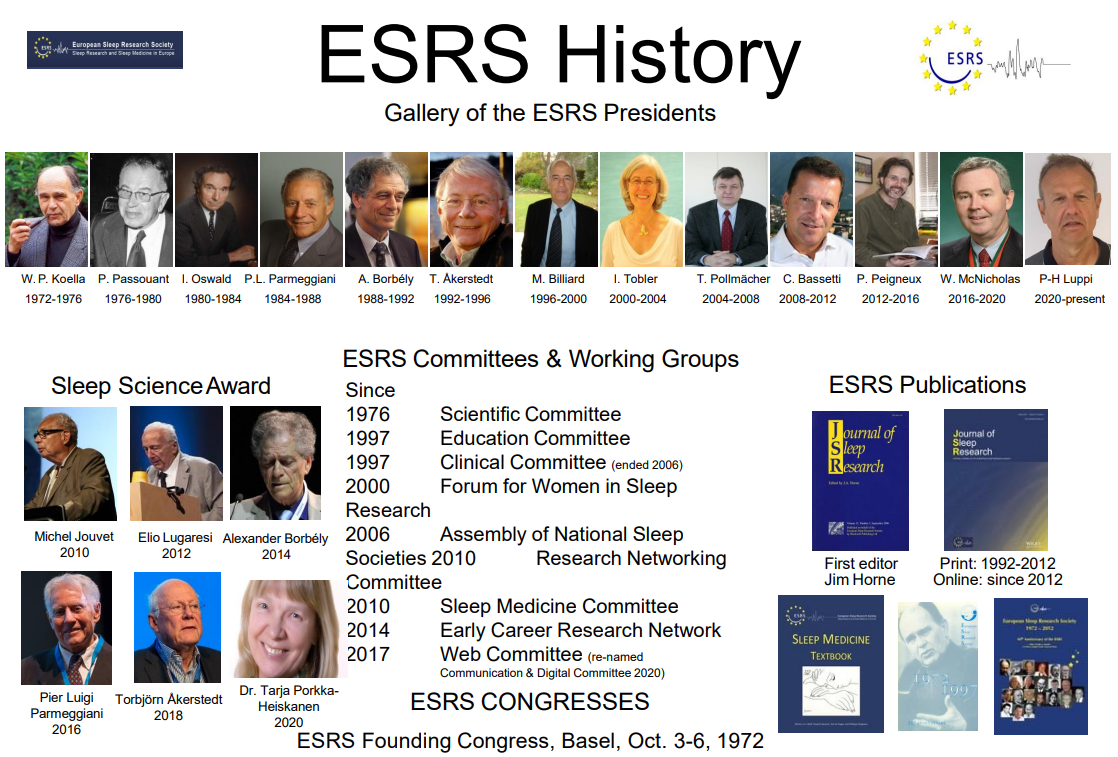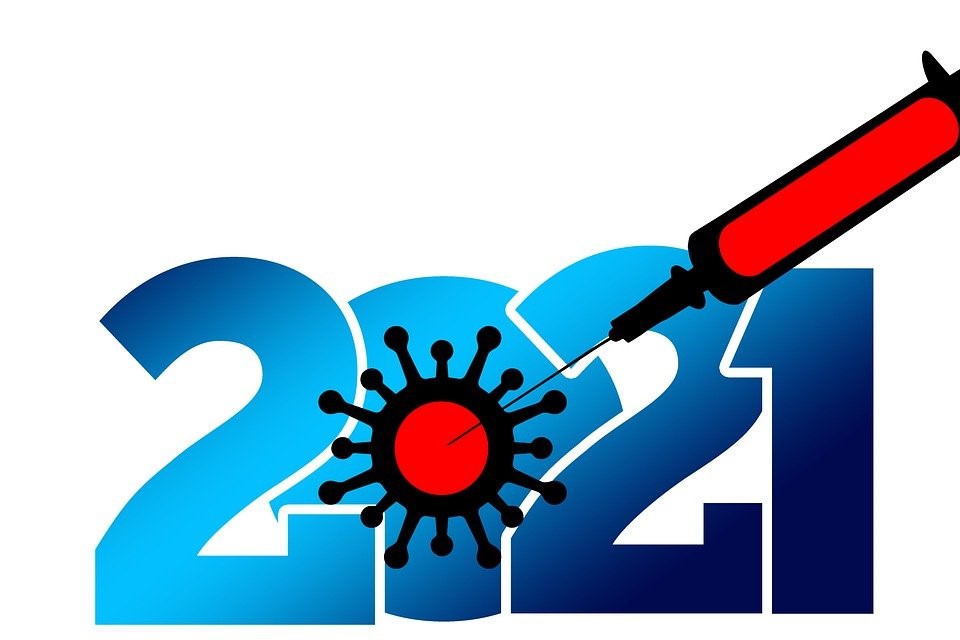Sleep Science Friday: Romania and COVID-19 Challenges
It’s mid-January and the end of another week of the new year, 2021. Hopefully, you have had a relaxing holiday and a smooth start to the year. Grab a coffee/tea/beer/wine and end the mid-January week with a quick recap of Sleep Science News!
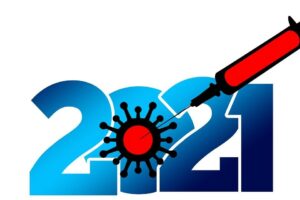
The new year brings us positive news and optimistic expectations that the global pandemic will end and life will slowly come back to normalcy.
Despite the bad news coming in during the first days of 2021, including one about new variants of the coronavirus that has put some countries (like the UK) into a strict lockdown and long night curfews, vaccine distribution gives hope that the isolation should end in the coming year. Mass vaccinations have recently started, with the UK being the first country worldwide to administer the vaccine to people on 8 December 2020. So the first individuals to receive the vaccine have already gotten 2 shots which is essential for developing immunity. The numbers are continuously increasing (https://ourworldindata.org/covid-vaccinations). In early 2021, Israel announced the highest vaccination rate (22 per 100 people) getting to the top of the list beating the UK (4.5 per 100) and USA (2.8 per 100) followed by Italy and Germany (≈1 per 100) and other countries.
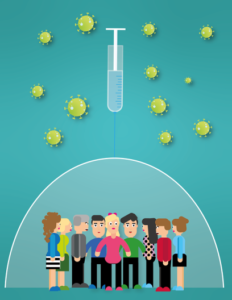
In addition, treatments evolved in 2020 (the use of steroids, approval of the antiviral drug Remdesivir [Beigel JH et al., 2020 https://www.nejm.org/doi/full/10.1056/NEJMoa2007764 ], at least in a selected group of patients at high risk of inflammatory response [Young B et al., 2020, https://www.thelancet.com/journals/laninf/article/PIIS1473-3099(20)30911-7/fulltext], and the emergency use authorization of monoclonal antibodies https://www.fda.gov/news-events/press-announcements/coronavirus-covid-19-update-fda-authorizes-monoclonal-antibody-treatment-covid-19 ) also provide promising results. However, the continued search for other effective therapeutic approaches is essential.
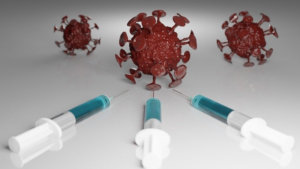
With regard to the sleep field, we are encountering new issues. An increase in rates of sleep disorders (insomnia symptoms, nightmares, decreased sleep quality, changes in sleep-wake patterns, REM sleep behaviour disorder and others) during pandemic has been previously reported [Partinen M. Sleep research in 2020: COVID-19-related sleep disorders. Lancet Neurol. 2021 Jan;20(1):15-17. doi: 10.1016/S1474-4422(20)30456-7]. In the beginning, it was mainly associated with stress, anxiety and changed schedules during lockdown. However, as the data are accumulating it seems that patients affected by SARS-CoV-2 are at higher rate of developing sleep disorders which might be related to viral or drug effects. The sleep-related medical community are now facing many questions: Do we need to re-evaluate the epidemiology of sleep disorders and re-assess the prevalence of insomnia? Should COVID-19 be listed among the potential causes for certain sleep disorders? How does sleep change vaccination efficiency and immunization against SARS-CoV-2? What impact do vaccines have on sleep and sleep-related symptoms etc.?
Our guest today, Professor Florin Dumitru Mihaltan, Professor, Head of Pneumology Department at the University of Medicine and Pharmacy “Carol Davila” in Bucharest (Romania) and the President of the Romanian Somnology Section of the Pneumology Society, shares with us recent news from Romania and the challenges and difficulties that sleep clinics are experiencing during the pandemic.
The Romanian Somnology Section has kept traditional meetings and events in online format in 2020, including the “Sommer school of Somnology”, joint webinar with the “Groupe du Sommeil”, and the 6th Romanian Pediatric Sleep Conference proving that the pandemic cannot stop medical meetings and knowledge exchange. He also gives us an overview of the development and promotion of somnology in Romania which due to the efforts of Professor Mihaltan and his team was recognized as a competency area over 10 years ago.
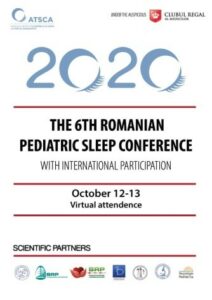
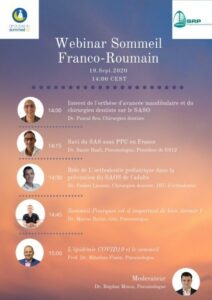
We thank Professor Mihaltan for sharing your experience with us.
Happy New Year and a good start for new education, scientific, clinical and other experiences in 2021!
Have a great weekend everyone!
Yours
The ESRS Digital and Communication Committee
For similar ESRS articles on COVID-19 and sleep—see past Sleep Science Fridays:
https://esrs.eu/2020-11-20-ssf-blume/
https://esrs.eu/covid-19-and-sleep/
https://esrs.eu/sleep-science-monday-sleep-in-the-time-of-covid/
For additional reading and recent publications on COVID–19 and sleep:
- Strausz S, Kiiskinen T, Broberg M et al. Sleep apnoea is a risk factor for severe COVID-19. BMJ Open Respir Res. 2021 Jan;8(1):e000845. doi:10.1136/bmjresp-2020-000845.
- Partinen M. Sleep research in 2020: COVID-19-related sleep disorders. Lancet Neurol. 2021 Jan;20(1):15-17. doi: 10.1016/S1474-4422(20)30456-7.
- Rowlands AV, Kloecker DE, Chudasama Y et al. Association of Timing and Balance of Physical Activity and Rest/Sleep With Risk of COVID-19: A UK Biobank Study. Mayo Clin Proc. 2021 Jan;96(1):156-164. doi:10.1016/j.mayocp.2020.10.032.
- Sun Q, Qin Q, Basta M, Chen B, Li Y. Psychological reactions and insomnia in adults with mental health disorders during the COVID-19 outbreak. BMC Psychiatry. 2021 Jan 8;21(1):19. doi: 10.1186/s12888-020-03036-7.
- Dai W, Zhou J, Li G, Zhang B, Ma N. Maintaining normal sleep patterns, lifestyles and emotion during the COVID-19 pandemic: The stabilizing effect of daytime napping. J Sleep Res. 2021 Jan 8:e13259. doi: 10.1111/jsr.13259.
Other papers from the ESRS members published in 2021
- L Nobili, A de Weerd, G Rubboli et al. Standard procedures for the diagnostic pathway of sleep-related epilepsies and comorbid sleep disorders: an EAN, ESRS and ILAE-Europe consensus review. Eur J Neurol. 2021 Jan;28(1):15-32. doi: 10.1111/ene.14468. Epub 2020 Sep 21.
- Mufti K, Yu E, Rudakou U et al. Novel Associations of BST1and LAMP3 with Rapid Eye Movement Sleep Behavior Disorder. 2021 Jan 4;10.1212/WNL.0000000000011464. doi: 10.1212/WNL.0000000000011464.
- Mandereau-Bruno L, Léger D, Delmas MC. Obstructive sleep apnea: A sharp increase in the prevalence of patients treated with nasal CPAP over the last decade in France. PLoS One. 2021 Jan 12;16(1):e0245392. doi:10.1371/journal.pone.0245392. PMID: 33434230.
- Sundararajan K, Georgievska S, Te Lindert BHW et al. Sleep classification from wrist-worn accelerometer data using random forests. Sci Rep. 2021 Jan 8;11(1):24. doi: 10.1038/s41598-020-79217-x.
- Boof ML, Dingemanse J, Brunke M et al. Effect of the novel dual orexin receptor antagonist daridorexant on night-time respiratory function and sleep in patients with moderate chronic obstructive pulmonary disease. J Sleep Res. 2021 Jan 8:e13248. doi: 10.1111/jsr.13248.
- Castro-Grattoni AL, Suarez-Giron M, Benitez I et al. The effect of chronic intermittent hypoxia in cardiovascular gene expression is modulated by age in a mice model of sleep apnea. Sleep. 2021 Jan 8:zsaa293. doi: 10.1093/sleep/zsaa293.
- Dorokhov VB, Sveshnikov DS, Puchkova AN et al. Differential relationship of two measures of sleepiness with the drives for sleep and wake. Sleep Breath. 2021 Jan 6. doi: 10.1007/s11325-020-02269-w.
Just published an article? Want your research to be featured? Saw something interesting? Contact us at the ESRS!
Not a member yet? Apply here and see our wide range of benefits, including a yearly online subscription to the Journal of Sleep Research, automatic membership to the Federation of European Neuroscience Societies (FENS), support for early career researchers via the ECRN, regular updates via the ESRS Newsletter, promotion of your research, and more.

